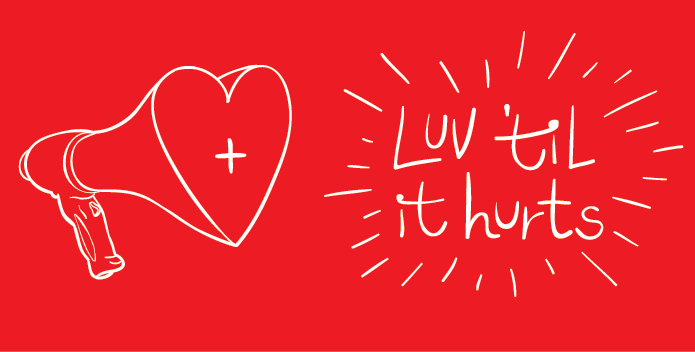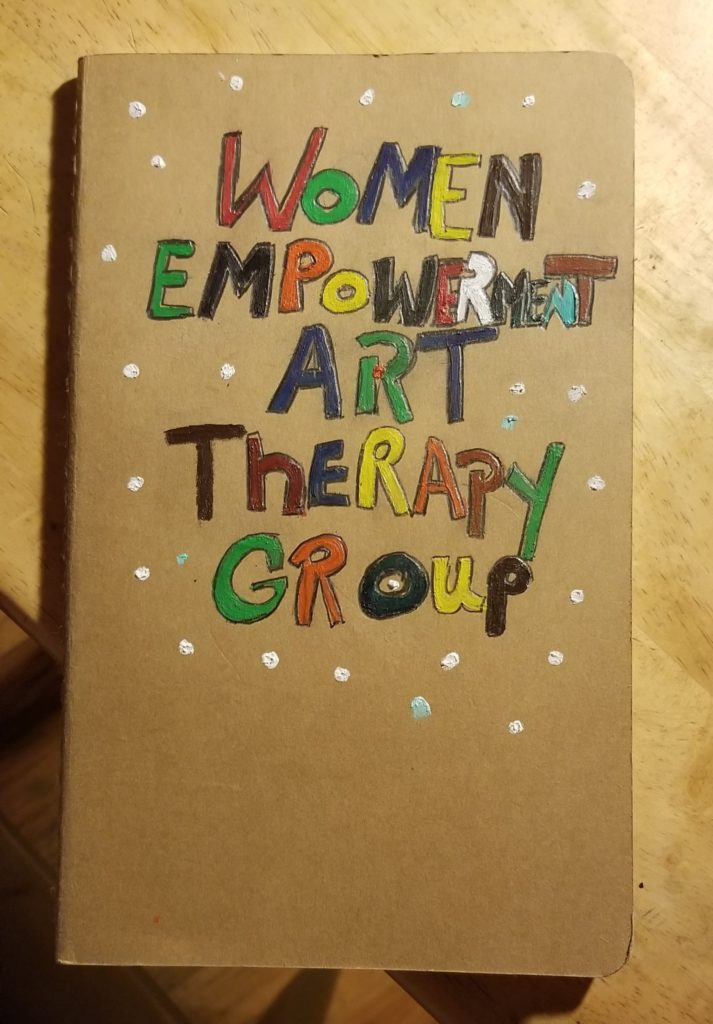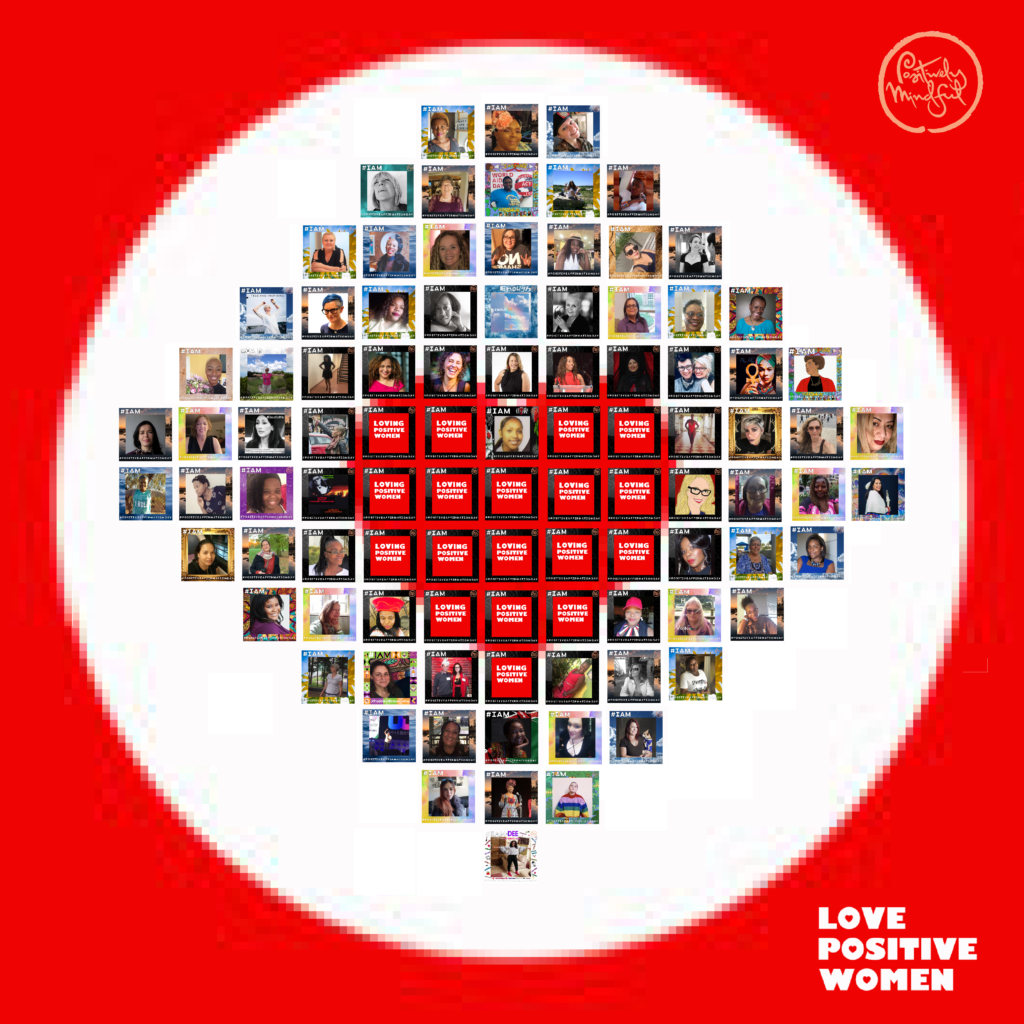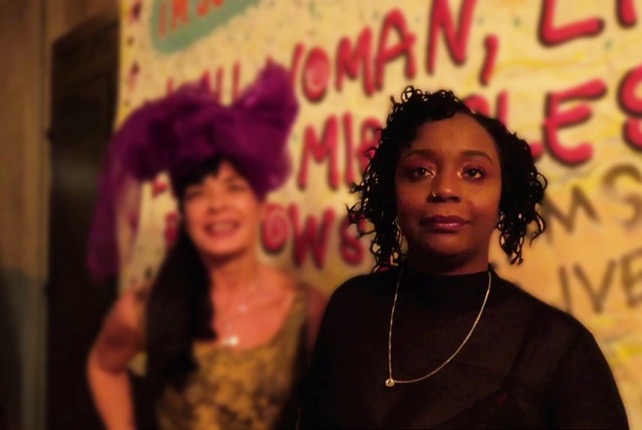.
It is nothing new that there is a project of extermination on course, it did not begin yesterday and it will not end tomorrow… a project that aims at profit and that is managed by the market… In which some bodies are more “dieable” than others. The subject with rights is the cis-hetero-white man, and what is left for everything else that does not fit into this, is the enemy’s criminal law. And we are the enemy.
It is terrifying to face the fact that the code of development also encompasses human development, that is, there are projects being tested in the pursuit of enhancing our humanity as much as possible, even arriving at a new species: trans-humans. It sounds like science fiction, but, in technological advancement, there is the management of populations’ varieties and the possibility of discarding, be it through the selection of trisomic embryos or through theriomorphic ways (a hybridization with natural elements) or even “cyborgization” (a hybridization with artificial elements). They are discarding, through scientific means, races deemed as undesirable.
Behind discourses of world peace and sustainable development, what we have is the refining of control and the subordination of life in the hands of death, in function of racial determinisms that favor profit and the accumulation of very few. “Race and racism do not belong, however, only in the past. They also have a future, especially in a context in which the possibility of transforming live beings and of creating mutant species no longer emanates only from science fiction.” (MBEMBE, 2018)…
So many concerns to ultimately arrive at no answer. We do not have a program or solutions, but allow me here to make a cheesy affirmation, the only one that I can make at the moment: In the face of the current scenario; of the war machines and the refinement of death technologies, of the supreme power that dictates who lives and who dies, at the refinement of racial necrocapitalism, of everything that destroys us as humans, builds us as enemies, surrounds and kills us… In the face of all of this, all we have left is Love. What is left for us is to Love. That’s right… You can laugh, but do not discredit it!
The Word “love” was contaminated during the 17th Century due to romanticism, assisted by the Christian Church for thousands of years… I am not talking about this love. It is about the necessity of recognizing ourselves in each other’s gaze, over this ground over which so many of ours bleed: indigenous and black people! Rescuing and recognizing our history! I understand the fragments that constitute us today… With this we articulate ourselves as a whole, in a fluid, mobile set… In a network. It was this that we had to perceive (and understand that “to perceive” means to understand through the senses) within this project of civilization, we perceive what our elders have already known for a long time… It was in the visceral experience of life, in our days, and in the succession of meetings, and before this entire machinery of necropolitcs that progressively removes from us each and any point of support, that we wake up to the fact of our collective organization, materially and politically, inasmuch as it also means organizing singularly, existentially, and sensitively.
It was necessary to understand that it will not be in Western institutions, built by whiteness and for whiteness, that we will change something. The recipe of Capital is that of individualism, that is, they may even give us something, as it distances us from one another. Loving is what allows us to survive, not in the sense of staying alive, but in the sense of getting to kill that which subjugates and oppresses us. Whether they are ideas, or men.
Feeling, listening, seeing… They are not faculties that are politically indifferent or equally shared. Our ancestors know well how to use affection in political strategies, and it is in this ancestral rescue that I say, without fear or shame, that our only way out is to truly organize ourselves, which is not any different than to Love! It is necessary to establish a constant and generous debate… In our weakness resides dispersion, and those who control us want our death. So, what is left for us is to develop the art of talking amongst the silenced… Understanding that a state of debate like this can only gain the center through the periphery, where the moment is confined to, through an offensive of sensibility, in the planes of perceptions, and not in the discourse. To speak to bodies, and not rationality (oh! Such white reason, born in white greece)… To make sense… to feel… to be felt…
This organization is not for 2030, it is for now. The times of hope, of waiting, they are over… No more ado, when are we really going to take what is ours?
_______________________________________________________________
SOBRE AMOR
.
Não é novidade alguma que existe um projeto de extermínio em curso, não começou ontem e não acaba amanhã… um projeto que visa o lucro e que é gerenciado pelo mercado… Onde alguns corpos são mais morríveis que outros. O sujeito de direito é um homem cis-hétero-branco, para tudo o que não se encaixa nisso resta o direito penal do inimigo. E nós somos o inimigo.
É assustador nos deparar com o fato de que na chave do desenvolvimento também se compreende um desenvolvimento humano, ou seja, projetos estão sendo testados no sentido de aperfeiçoar o máximo possível de nossa humanidade, atingindo inclusive uma nova espécie: os trans-humanos. Parece ficção científica mas, no avanço tecnológico, existem o manejo das variedades populacionais e a possibilidade de descarte, seja por meio de seleção de embriões trissômicos ou pelas vias de teriomórfica (hibridação com elementos naturais) ou mesmo de “ciborguização” (a hibridação com elementos artificiais), estão descartando, por intermédio da ciência, as raças consideradas indesejáveis.
Por trás dos discursos sobre a paz mundial e o desenvolvimento sustentável, o que se tem é o refinamento do controle e a subordinação da vida em poder da morte, em função de determinismos raciais a favor do lucro e da acumulação de pouquíssimos. “Raça e racismo não pertencem, portanto, somente ao passado. Têm também um futuro, especialmente num contexto em que a possibilidade de transformar os seres vivos e de criar espécies mutantes já não emana somente da ficção científica” (MBEMBE, 2018)…
Tantas inquietações para nenhuma resposta. Não temos programa ou soluções, mas permitam-me aqui uma afirmação piegas, é a única que consigo fazer no momento: Diante de atual cenário; das máquinas de guerra e do refinamento das tecnologias de morte, do poder supremo que dita quem vive e quem morre, no refinamento do necrocapitalismo racial, de tudo o que nos destrói como humanos, nos constrói como inimigos, nos cercam e nos matam… frente à isso tudo, o que nos sobra é o Amor.O que nos resta é Amar. Pois é… Podem rir, mas não desacredita não!
A Palavra “amor” passou por uma contaminação durante o séc XVII com o romantismo, e auxiliada pelos tantos mil anos de igreja cristã… Não é desse amor que estou falando. É da necessidade de nos reconhecermos, um no olhar do outro, sob esse chão que tantos dos nossos sangraram: índios e negros! Resgatar e (re)conhecer nossa história! Entendendo os fragmentos que hoje nos constituem… Com isso nos articulamos em um todo, num conjunto fluido, móvel… Em rede. Foi isso que nós tivemos que perceber (e entenda que “perceber” é compreender através dos sentidos) em meio a esse projeto civilizatório, percebemos algo que nossos mais velhos já sabem a muito tempo… Foi na experiência visceral da vida, em nossos dias, e na sucessão dos encontros, e diante de todo esse maquinário da necropolítica que nos retira progressivamente todo e qualquer ponto de apoio, acordamos para o fato de nos organizarmos coletivamente, material e politicamente, na medida em que isso significa também organizar-se singular, existencial e sensivelmente.
Foi preciso compreender que não será dentro das instituições ocidentais, construídas pela branquitude para a branquitude, que mudaremos algo. A receita do Capital é a do individualismo, ou seja, podem até nos dar algo, na medida em que nos distancia uns dos outros. Amar é o que nos permite sobreviver, não no sentido de ficar vivo, mas no sentido de conseguir matar aquilo que nos subjuga e nos oprime. Sejam ideias, ou homens.
Sentir, escutar, ver… Não são faculdades politicamente indiferentes nem equitativamente repartidas. Nossos antepassados sabiam bem utilizar os afetos nas estratégias políticas, e é nesse resgate ancestral que digo sem receio ou vergonha, de que nossa única saída é nos organizarmos verdadeiramente, e isso não é outra coisa se não Amar! É preciso que estabeleçamos um debate constante e generoso… Pois nossa fraqueza reside na dispersão, e quem nos controla quer a nossa morte. Assim, o que nos resta é desenvolvermos a arte da conversa entre silenciados… Entendendo que um estado de debate como esse só pode ganhar o centro desde a periferia, onde o momento está confinado, por meio de uma ofensiva por parte da sensibilidade, nos planos das percepções, e não do discurso. Falarmos aos corpos, e não a racionalidade (ah! A razão tão branca, nascida na branca grécia)… Fazer sentido… sentir… ser sentido…
Essa organização não é para 2030, é para agora. Os tempos de esperança, de espera, acabaram… Sem mais delongas, quando mesmo vamos tomar o que é nosso?













